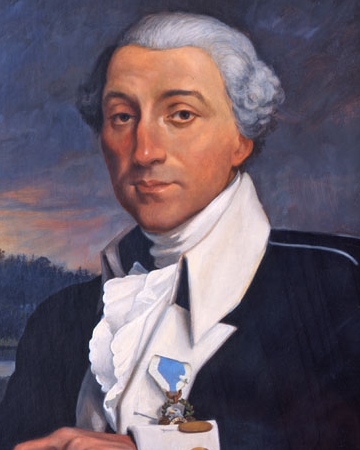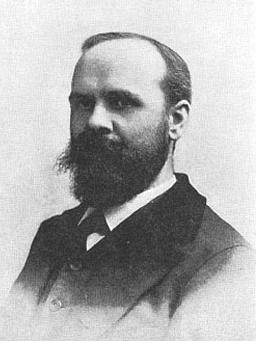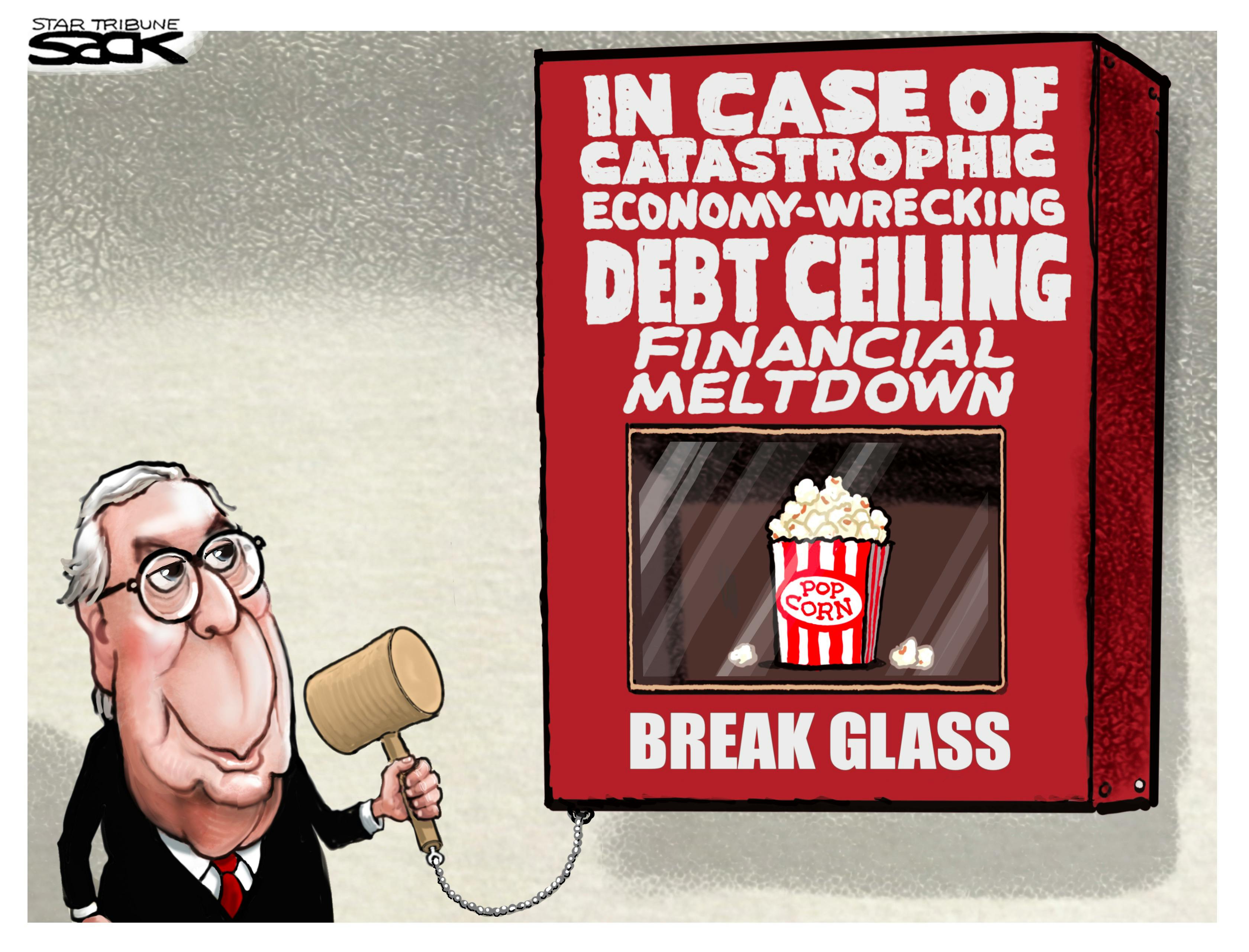A sermon for Foothills Unitarian Church, on our second Sunday in the sanctuary after being only online for 18 months.
Reading: The Tensions of I and We by Fred Muir
Near the end of my junior year in college, on the afternoon of the first Earth Day, I was in a class on American Transcendentalism. We sat in the grass and listened as the teacher read aloud Ralph Waldo Emerson’s “Divinity School Address.” It was as though he was channeling the Sage of Concord, who was speaking to me.
After class, I asked what religion Emerson was. “Unitarian,” he said. I asked if it still existed. “Exist?” he replied. “Yes it exists! There’s a congregation on the west side. Do you want to go Sunday?” And that was that!
Prior to my Earth Day epiphany, I was religious—I had felt the pull toward ministry as a boy in my liberal Protestant church—but did not think of myself as “spiritual” because I never had the words to put to the spirituality I had known since childhood.
“No law can be sacred to me but that of my nature,” Emerson proclaimed. “Trust thyself: every heart vibrates to that iron string.” Emersonian individualism has become part of the American story, of course.
Think of the “i” that’s placed in front of the names of Apple products. Some say the “i” means “Internet.” Others explain that the “i” stands for “individual”: This is your personal piece of technology, to be used for whatever purpose you want. Fifteen years ago, Apple appealingly exploited the theme of individualism in a commercial that sounds like Emerson channeled through Jack Kerouac: “Here’s to the crazy ones. The misfits. The rebels. The troublemakers. The round pegs in the square holes. The ones who see things differently. They’re not fond of rules. And they have no respect for the status quo. They push the human race forward.”
Many of us were drawn to Unitarian Universalism because it seemed to be the church of Emersonian individualism. We are the iChurch.
I’m not sure Emerson’s goal was for us to be “the crazy ones,” but my thirty-seven years in the UU ministry have convinced me that historian Conrad Wright is correct: “[O]ne cannot build a church on Emerson’s dicta: ‘men are less together than alone,’ or ‘men descend to meet.’”
For all its appeal and its influence in American culture, individualism is not sustaining: Individualism will not serve the greater good, a principle to which we Unitarian Universalists have also committed ourselves. There is little-to-nothing about the ideology and theology of individualism that encourages people to work and live together, to create and support institutions that serve common aspirations and beloved principles.
The inherent worth and dignity of the individual is not just our First Principle as UUs: often it is our defining principle. But we frequently overlook another strand of our tradition in our Association’s Principles and Purposes, another story about ourselves that can deepen and grow our future. It is not the language of individualism, not of the iChurch, but of covenant: “As free congregations we promis[e] to one another our mutual trust and support.”
We cannot do both covenant and individualism; individuality, yes, but not individualism. Articulating and living our Principles as a commitment to covenant—creating and sustaining a community by “promising to one another our mutual trust and support”—this takes extra effort.
Sermon
In the middle of July, as wild fires raged across the west, with drought and heat threatening major cities, and as the Delta variant created the groundhog’s day of weighing risks and precautions – right then, two different US billionaires launched themselves into space.
Jeff Bezos, the founder of Amazon, whose net worth is over 177 Billion, took what CNN called a supersonic joyride on July 20th – he and three others onboard were weightless for three whole minutes. The 11 minute ride cost Bezos 2.5 million dollars per minute – so quick math – that’s a 27.5 million dollar joyride.
Just over a week earlier, Richard Branson, the founder of the Virgin Group, also launched himself into space, on his latest test flight for what will become a space tourism company – Branson says he wants to make space accessible to everyone – it’ll only cost you $250,000 a ticket. With a net worth of over 4.4 billion, Branson was quick to point out to reporters after his flight that he doesn’t want to be known as a “billionaire,” since as he says, he started off with 200 quid (that’s about 270 bucks), implying, I guess, that his money changes nothing.
A third billionaire, Elon Musk, is also working on a space tourism effort – SpaceX – but has yet to actually launch himself into space. I’d say maybe he’s saving up, except his net worth is just over 150 billion. So. I don’t know.
Regardless of their intentions – and at least Bezos seemed pretty insistent that his were humanitarian – the spectacle of billionaires escaping the planet while the planet is burning and COVID was raging – was to many of us disgusting, and also just one more absurd reality we’ve been forced to witness over recent years.
One of my favorite cynical tweet went: “Jeff Bezos, you have the ability to end world hunger. You also have the ability to take a teen to space. Which do you – oh that was fast.”
Watching the whole thing play out, I kept wondering if these billionaires and their efforts to go to space – especially right now – represented the least UU thing ever, or the most.
I mean, most Unitarian Universalists I talked to or saw posting about it treated it like it was the antithesis of our religion – focusing on how irresponsible it was, how selfish, and wasteful, especially in light of things like world hunger, or COVID, or climate change – and how much good their resources could do to address these major global problems.
And I agree, these are not Unitarian Universalists values.
And, I also felt like, in their choices, you could see some of the roots of our faith. We too have had times where we have made scientific discovery the most important value – leading to a shameful history in eugenics. We too have been a part of colonization – leading to our equally shameful founding of boarding schools for Native Americans.And we too have prized the sort of rugged / Emersonian individualism Branson, Bezos and Musks’ stories epitomize.
We too appreciate calling most sacred the law of our own nature, and trusting in our individual selves most of all. “We are the iChurch.”
For a lot of us, discovering a religious community that encouraged individualism felt like freedom. It was for many of us, the thing that brought us here. We love Emerson!
As UU Minister Cheryl Walker has said, “Individualism is so attractive in the beginning. For many people who felt the heavy yoke of being in communities of faith where they could not fully be who they were, individualism tastes like the food they have been hungering for. But it is good only when we are starving. When we have had our fill, we look for food to sustain us for the long journey of life. That life-sustaining food can be found only in true communities of shared purpose and values, where the individual is affirmed but is not worshipped.”
Fred Muir first described Unitarian Universalism as the iChurch in 2012 in a Lecture to his fellow Unitarian Universalist ministers, entitled “From iChurch to Beloved Community.” Muir’s critique of the iChurch focused on what he called our “Trinity of Errors”(it’s funny because we’re Unitarians!). These three historic errors, in his estimations, prevent us from living into our potential impact and relevance, and will ultimately lead to our decline.
The Trinity of Errors start with our individualism; then, this individualism leads us to the second error, exceptionalism. As he says, “We must stay conscious of how we explain, defend, and share our perspective, lest we come across as elitist, insulting, degrading, and even humiliating of others.”
These two errors of the iChurch are co-equal with the third error: our allergy to power and authority, which he says, ironically has led to their abuse and misuse. He writes:
“Unitarian Universalist anxiety about power and authority makes it hard for us to welcome and listen to a diversity of interests and passions without being distracted and immobilized.”
Instead, as Rebecca Parker notes, “Most liberals, consciously or not, seem to prefer that their religious institutions remain weak, underfunded, or distracted by endless attention to ‘process’ and checks on the exercise of power. One friend of mine, quips that liberal religion teaches you can do anything you feel called to do as long as you do it alone.”
In place of these errors, Muir advocates a return and reclaiming of our practices of covenant, as we heard in the reading, he invites us to “articulate and live our Principles” not as individual statements of belief – the inherent worth of any individual, but as promises to one another, a commitment to create and sustain a community, promising to one another our mutual trust and support.”
Instead of the iChurch, we need a church focused on we.
2012 was the year I arrived at Foothills. So if this all feels familiar to many of you, I’m glad. Over the past 9 years, many of us have been trying to look intentionally at the ways Muir’s Trinity lives in our individual hearts, and in our collective practices.
Of course, while Muir’s critique focused on Unitarian Universalism, we can also apply it to American culture, which has also been heavily influenced by Emersonian individualism. The story of the American Dream, or what UU minister Lisa Bovee-Kemper calls the “Fallacy of the American Dream,” which, “tells us that not only are we expected to succeed alone, but also that every person has the innate ability to do so.
[This lie, as Bovee Kemper says,] is the single largest contributor to the [fractured and declining] state of our nation (and many of our churches) today.”
That the state of our nation has been such a persistent pain point for many of us over the last five-ish years has likely been motivating to many of us: we can see the impact of extreme individualism play out with each new absurdity we have had to witness, including with the elevation and election of Donald Trump as President in 2016, who seems to me, the supreme example of a proud individualist.
In turn, as a congregation, Foothills has met each selfish, ego-driven, divisive headline over these years with an increasing care for the whole. We became a sanctuary congregation, we started our twice-a-month food bank, we moved to three services, we accepted different sorts of music, and different styles of ministers, and different words. We addressed unhealthy uses of authority, and got more explicit about how we intend power and accountability to work. We grew up all sorts of small groups, and spiritual practices, and we have been shockingly generous with our giving – including to fund the building we’ve needed for at least 15 years. (By the way, we break ground early next year.) We practiced partnering and following the lead of other organizations, and we regularly give away $50,000 a year to other community partners.
To be clear, we did all of this not because it was good for any particular one of us – any “I”, we did it because it was good for we.
Actually, if you talk to any one of us, you will likely hear disagreement, discomfort, and even distaste for some or all of the shifts we have made. And, if you keep talking past that, you will also tap in to a clear abiding yes, an understanding that we do this not for me, but for we.
Something over these years clicked. We got done with that lonely outdated story of liberal religion as a place where you can do anything you want, as long as you do it alone. We didn’t get rid of individualism – it is the water we swim in, and we still love Emerson, and we can still get seduced by the idea of being non-conformists who just always go our own way. But along side this, we also began to discover what it could mean to prize not individualism, but the Beloved Community.
And then came Friday March 13, 2020. Will we ever forget that day?
On that day, everything, everything changed, and for a time, we – far beyond the church – I mean, much of the world, we were all in it together. We were flattening the curve, We were cheering for health care and other essential workers, and we were learning new terms like social distancing, unprecedented times, and the promise and perils of muting yourself.
Our congregation’s collective orientation drew an easy yes to sheltering families experiencing homelessness in our otherwise empty building, and through much of 2020 kept us committed to remaining connected in totally unfamiliar ways. We learned zoom and circles; we spread kindness and sang silent night; we gave to the discretionary fund and the immigrant relief fund.
In our personal lives, we set aside travel plans, learned tech we had no interest in learning, and we tried to listen to well-meaning adult children who told us to stay home.
2020 was a time of sacrifice, and we accepted the sacrifice because it was meaningful. Even as politics and capitalism troubled the idea being all in it together, we made these choices because we were living our values. Through our collective commitment, we could imagine our collective salvation.
But then, things shifted again. The vaccine arrived. To be clear, the vaccines are a miracle, a miracle of science. They came way sooner than any of us had any right to expect – I think of my dear queer siblings who just kept dying through all those years of AIDS – Vaccines are a miracle.
And, vaccines do not work in the iAnything. Vaccines require we.
Many of us got our vaccine knowing this, and it made our resolve even stronger – it was our individual and collective path to liberation. It’s what led us into the work of vaccine equity earlier this year.
But then, to our shock, and our heartbreak, it turns out, others had the opposite reaction to the vaccine. For many people, the vaccine represented not collective salvation, but the need to assert individual liberty, and individual choice. And so, here we are, nine months into the availability of an extremely effective vaccine, but instead of dwindling virus numbers – we are crossing 700,000 lives lost. Nurses and doctors and other medical staff are burning out and dealing with trauma in ways not unlike veterans of war. And all this must be set in the context of the climate crisis, where the supremacy of individual success – the fallacy of the American Dream – is corralling us all to an uninhabitable planet.
But, at least the billionaires will make it out ok, right?
Friends, I’m tired. Are you tired? I’m tired, and I’m angry, and I’m sad. Like the series we’ve been offering online, I am filled with rage, and grief – . I am tired of accommodating selfishness, and being the one to make all the sacrifices. I’m tired of marching for women’s right to basic health care – as I’m guessing many of you did yesterday in response to the restrictions on abortion.
I’m tired of being the ones to go high.
I’m so tired I start to think, maybe it’s time we meet today’s individualism with some of our own – we were the OG non-conformists afterall. Maybe everyone should just go their own way. Focus on their individual lives, families, health, individual goals – If you don’t get the vaccine, and end up sick, or worse, you made your choice.
In our exhaustion, and our grief, it’s understandable that we have lost some of our resolve for the common good. It is understandable that individualism would feel alluring, safer, familiar – both in how we interact in the world, and how we want to show up in our church. It makes sense that we’d show up here, in our church, with a strong tilt towards individualism.
We have made so many sacrifices. “Individualism, as Cheryl Walker says, “tastes like food we’ve been hungering for.”
And still after some time – we will also remember that if ever there was a moment to lean into the power of true community, it’s now.
For as much as we know that initial spark of being celebrated as an individual, we also know, we remember, the deeper power of being for others. We know and we remember the power of being for the greater good, and for the future.
We know the power of living knowing that we Inter-are. I am of you, and you are of me. As Thich Nhat Hahn says it.
Here we know, and we remember: we do this so that we all may live.
So let us affirm even now, especially now: the end of the iChurch. As Fred Muir said nearly a decade ago: “That story is over; it won’t take us where we must go. What we need for a healthy future is the Beloved Community…”
And the good news I have for you friends, is that we’re already doing it.
Right now. Look, we are wearing these masks, and we are not singing, and we are pre-registering – who would’ve ever thought Unitarians would pre-register for church?
And if you ask any one of us, do we like it, is it our preference? We’d say no way. We hate it. But we do it because it’s not about me, it’s about we.
The aching earth and its hurting people need us to keep declaring the end of the iChurch, and needs us to keep offering a community grounded not in individualism, but in covenant, a community grounded in the the promise of mutual trust, and support – where– no matter what comes at us next – we remain committed to life abundant, for all.











































































































































